Livestock
All Livestock Content
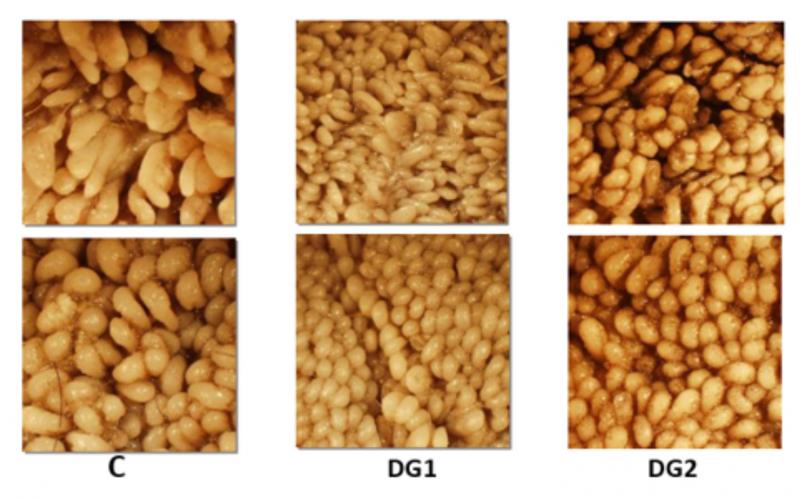
Distillers’ Grains and Rumen Papillae Growth
Distillers grains are without a doubt one of the most versatile ruminant feedstuffs. Aside from their high concentration of sought-after nutrients (i.e. protein, energy, phosphorus), their impact on the digestibility of other feeds is minimal. In fact, by not interfering with the digestion particularly of structural carbohydrates, they allow for more energy to be obtained from forages.
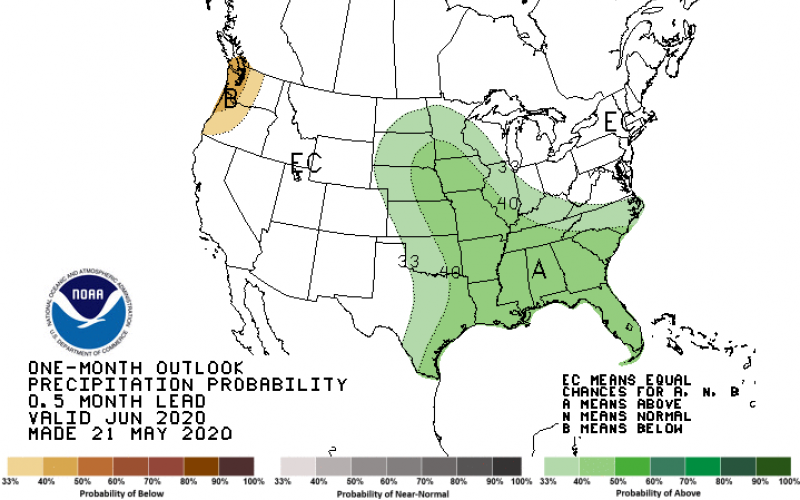
Summer 2020 Climate & Drought Outlook
August 12, 2020
With alternating cool and warm weather patterns throughout the last few months and the summer season ahead, temperature continues to be a challenge for climate forecasters in South Dakota.
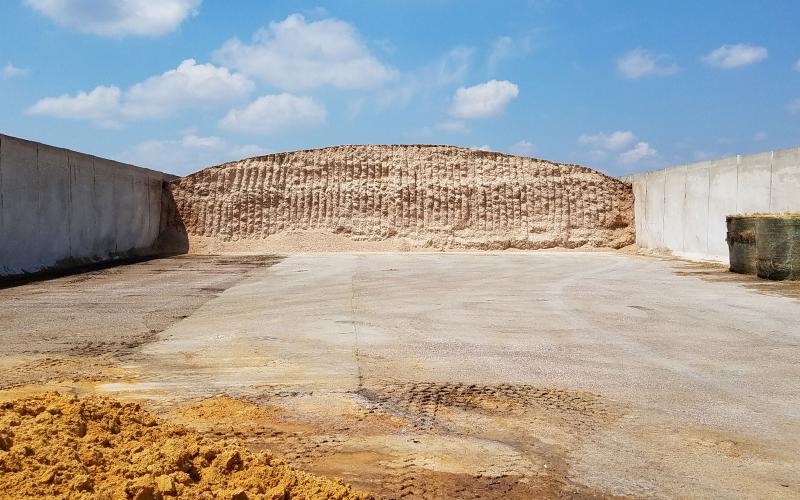
Valuing High-Moisture Corn and Earlage
A key advantage to using commodities that meet standard specifications and are frequently traded is that it is very easy to establish an economic value that is accepted by most users. The marketplace sets the value of corn, and other feedstuffs on a daily basis, provided those products meet some set of standard specifications.
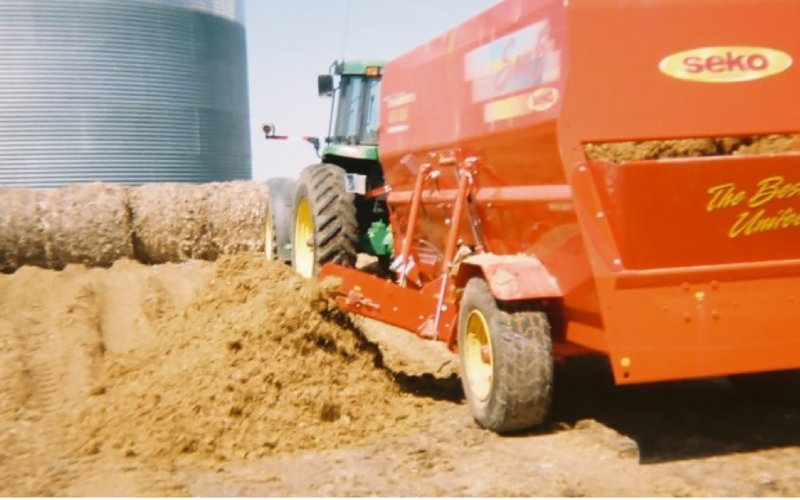
Storing Wet and Modified Distillers Grains
One of the primary challenges for livestock producers in the coming months could very well be feedstuff cost and availability due to the fact that the corn planted acreage and crop progress are both well behind normal benchmarks. One opportunity that might help cattle feeders proactively secure feed supplies would be storing wet or modified distiller’s grains now to be fed at a later date.
![A herd of cattle gather around a stock pond on a vast, lush grassland. Courtesy: USDA [CC BY 2.0]](/sites/default/files/styles/teaser_800x500/public/2019-05/W-00231-00-cattle-grazing-grassland-pasture-range.jpg?h=8f818b46&itok=6GS1_Ww0)
Range Improvements, Grazing Systems and Net Present Value, What is the Right Balance?
As farms and ranches across South Dakota continue to endure increasing costs of production while receiving less cash for grain and livestock marketed; ranch managers must be extra diligent when implementing new range improvements and grazing systems on their ranches.

An identification guide to common Dung Beetles of South Dakota
A guide of common dung beetles of South Dakota.

Pre-weaning Pneumonia in South Dakota Beef Herd: A Persistent Problem, Suddenly Gone
This case report describes a southeastern South Dakota cow-calf herd’s experiences with pre-weaning pneumonia. Unlike many beef herds that experience pneumonia in calves on pasture, this herd’s problems were consistent year after year: widespread calf illness was documented in each of 6 consecutive summers. Anecdotally at least, the occurrence of pre-weaning pneumonia in beef herds is more likely to be sporadic and unpredictable from year to year. This herd’s persistent problems were followed by a year in which, after a change in calf vaccination protocol (informed by herd diagnostics), very little pre-weaning pneumonia was observed.

Being Proactive and Prepared During the COVID-19 Pandemic: Tips for South Dakota Farmers and Ranchers
August 10, 2020
Are you prepared to be gone from your operation for a month?
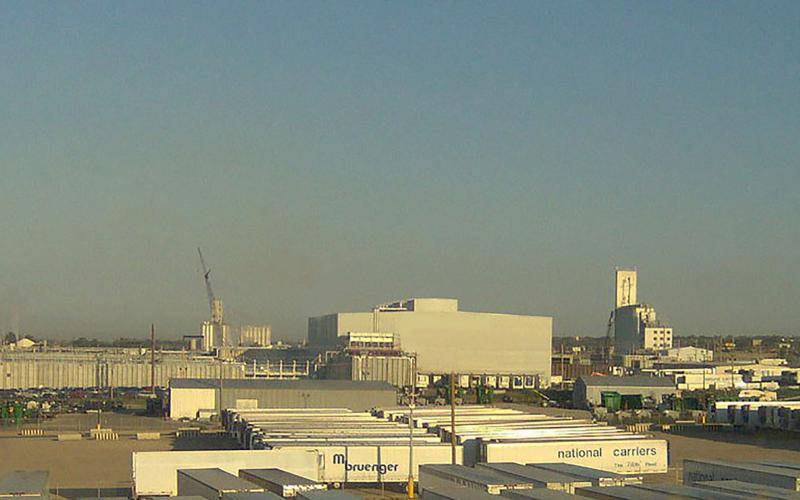
Livestock Market Disruptions
COVID-19 has affected the market availability for finished cattle and hogs. Some beef and pork processing facilities have closed for cleaning and social distancing of their employees. While some of these facilities have scheduled a date to reopen at reduced capacity, others remain closed with no announced plans to resume operations.

Bigger Cattle. Warmer Weather. What Can Go Wrong?
The disruptions in the beef processing sector caused by COVID-19 continue to interfere with the orderly marketing of finished cattle. While we all hope that the situation is resolved quickly, the reality is that because the shipment of so many harvest-ready cattle has been delayed, there will be increased numbers of heavier cattle on feed for the foreseeable future.